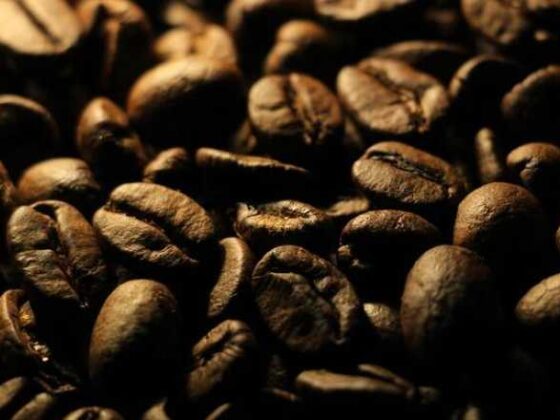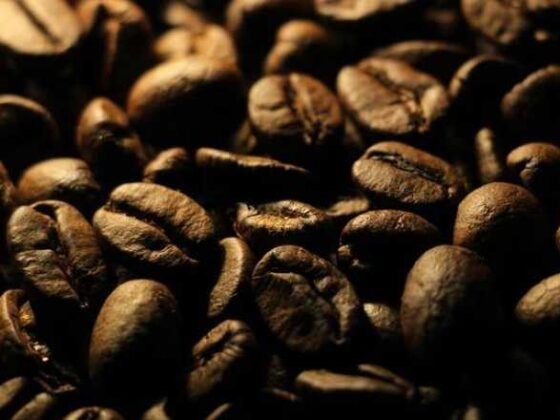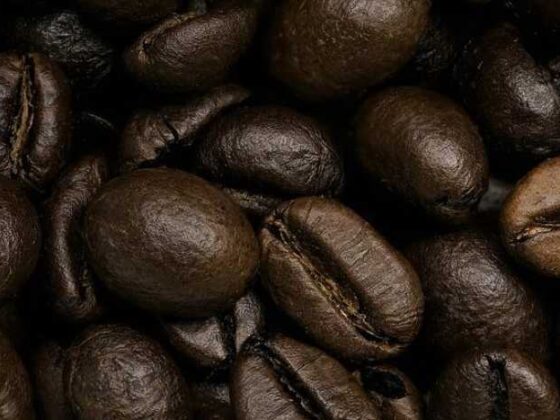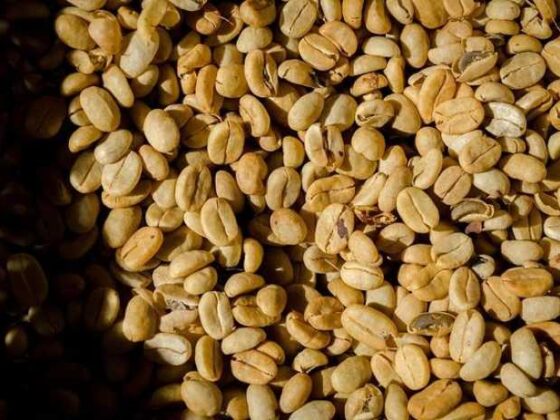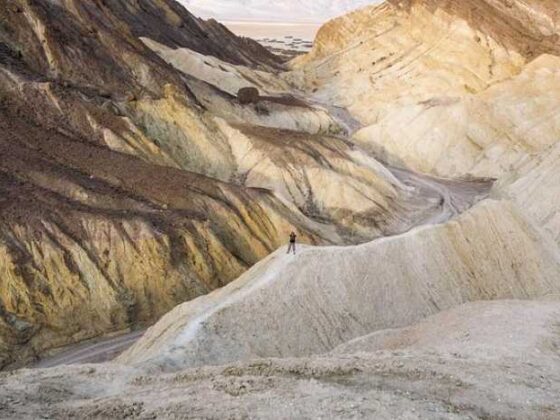Hey there, coffee lovers! ☕ Are you ready to dive deep into the aromatic universe of your favorite brew? whether you’re a casual sipper or a dedicated caffeine aficionado, understanding the different types of coffee beans can elevate your daily java routine to new heights. From the bold and robust Arabica to the punchy and vibrant Robusta, each bean has its own unique flavor profile and story to tell. In this guide, we’re going to unlock the secrets behind these beloved beans and help you discover the one that’s perfect for your taste buds. So, grab your favorite mug, get cozy, and let’s embark on this flavorful journey together!
Exploring the Aromatic Spectrum of Coffee Bean Varieties
When it comes to coffee, the bean variety can make all the difference in your brewing experience. Each type brings its own unique flavor profile, influenced by the region where it’s grown, the altitude, and even the processing methods used. Some varieties shine with luminous acidity, while others offer a rich, full body. Here’s a swift look at some of the most popular coffee bean varieties and their aromatic characteristics:
- Arabica: known for its smooth taste and aromatic profile, Arabica beans ofen have hints of fruit and floral notes. Ideal for specialty coffees.
- Robusta: With a stronger, more bitter flavor, Robusta is frequently enough used in espresso blends. It delivers a hearty body and earthy tones.
- Liberica: This rare bean boasts a unique, woody flavor with a slightly floral aroma, perfect for those seeking something different.
- Excelsa: A subvariety of Liberica, Excelsa is known for its fruity and tart taste, adding complexity to blends.
To help you navigate the aromatic spectrum further, we’ve put together a simple comparison of these bean varieties. Check it out below:
| Bean Type | Flavor Profile | Aroma | Common Uses |
|---|---|---|---|
| Arabica | Smooth,mild,and fruity | Floral,sweet,light | Specialty coffee |
| Robusta | Strong,bitter,earthy | Nutty,heavy | Espresso blends |
| Liberica | Woody,slightly floral | Unique,intense | Single-origin brews |
| Excelsa | Tart and fruity | Complex,sweet | Blends for depth |
The Perfect Brew: Choosing Your Ideal Bean for Every Taste
When it comes to coffee, the journey to find your perfect brew begins with understanding the different types of beans available. Each bean variety boasts its unique flavor profile and aroma, captivating a wide range of palates. Here are some key types to consider:
- Arabica: Known for its smooth, mild flavor, Arabica beans are perfect for those who appreciate a nuanced cup.
- Robusta: Stronger and more bitter than Arabica, Robusta is a great choice for espresso lovers seeking a bolder taste.
- Liberica: With a distinctive floral aroma and woody profile, Liberica appeals to adventurous coffee drinkers.
- Excelsa: Frequently enough used to add complexity to blends, Excelsa presents fruity and tart notes that surprise the senses.
It’s not just the type of bean that matters, but also where it’s grown. Terroir plays a crucial role in shaping the beans’ taste. Coffee-growing regions like Ethiopia, Colombia, and Brazil offer flavors ranging from fruity to nutty.To make choosing even easier, here’s a quick comparison of coffee beans to guide your selection:
| Bean Type | Flavor Profile | Best For |
|---|---|---|
| Arabica | Smooth and sweet, with hints of fruit and sugar. | Filter coffee lovers. |
| Robusta | Strong,earthy,and often nutty. | Espresso enthusiasts. |
| Liberica | Floral and fruity, with a unique boldness. | Adventurous drinkers. |
| Excelsa | Tart and fruity, adding a twist to blends. | Those seeking complex flavors. |
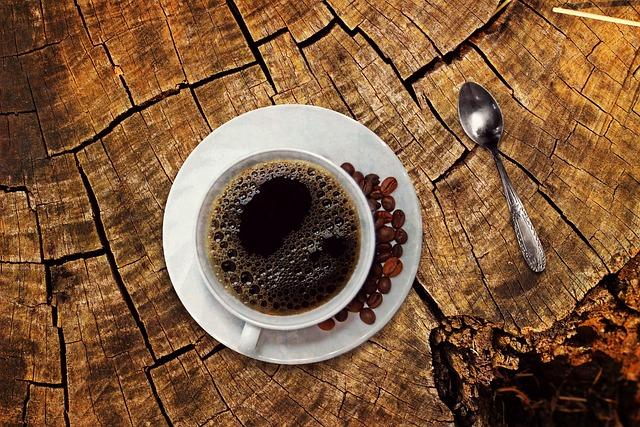
From Farm to Cup: How Coffee Beans are Grown and Processed
Growing coffee beans is an intricate process that starts in the lush, tropical highlands where Arabica and Robusta varieties thrive. Farmers cultivate coffee plants in rich soil, often interspersed with other crops to support biodiversity. These plants require precise conditions, including adequate rainfall and a specific altitude. After about three to four years, the plants bear fruit known as coffee cherries, which turn a vibrant red when ripe and are then hand-picked by skilled laborers.Timing is crucial here, as cherries left too long can degrade in flavor.
Once harvested, the processing of coffee beans begins, typically involving two main methods: wet processing and dry processing. In the wet process, cherries are pulped to extract the beans and then fermented to remove the mucilage, creating a cleaner flavor profile. In contrast, the dry method involves spreading the cherries under the sun to dry out, resulting in a more robust taste. After processing, the beans are hulled, sorted, and packaged, ready for roasting! Here’s a quick overview of the key stages:
| Stage | Description |
|---|---|
| Growing | Plants flourish in tropical climates with rich soil. |
| Harvesting | Cherries are picked at peak ripeness by hand. |
| Processing | Beans undergo wet or dry methods to extract flavor. |
| Sorting & Packaging | Beans are hulled, sorted by quality, and packaged for sale. |
Brewing Tips and tricks to Maximize Your Coffee Experience
To truly elevate your coffee brewing game, it’s essential to consider water quality and temperature. Start by using filtered water, as tap water can introduce unwanted flavors that muddle the taste of your beans. aim for a brewing temperature between 195°F to 205°F (about 90°C to 96°C) to extract the full range of flavors without burning the beans. Remember, higher temperatures can lead to bitter notes, while lower temperatures might leave your brew tasting weak. Experiment with different brewing methods, whether it’s a French press, Aeropress, or pour-over, to find what suits your taste buds best!
Another tip is to pay attention to grind size for your chosen brewing method. The grind affects the extraction process, resulting in vastly different flavor profiles. For example, a coarse grind is perfect for a French press, while a fine grind is ideal for espresso. Use the following guide to find the right grind size for your brewing technique:
| Brew Method | Grind Size |
|---|---|
| French Press | Coarse |
| pour Over | Medium |
| Espresso | Fine |
| Turkish Coffee | Extra fine |
don’t shy away from experimenting with brewing time and bean types. A slight adjustment in steeping time can substantially change the depth of flavor, while trying different beans opens a world of taste experiences. Explore single-origin coffees for unique profiles or blends for a well-rounded cup. Keeping a coffee journal can also help track what you love and areas for improvement in your brewing journey!
Q&A
Unlocking the World of Coffee: Your Guide to Bean Types!
Q1: What are the main types of coffee beans?
A1: Great question! The two big players in the coffee world are Arabica and Robusta. Arabica is known for its smooth, sweet flavor and is usually more sought after. Robusta, on the other hand, is bolder and has a bit of a kick—it’s higher in caffeine and can be a bit more bitter. Then we have Liberica and Excelsa, which are less common but have unique flavors that some coffee adventurers adore!
Q2: so what’s the difference in taste between Arabica and Robusta?
A2: Oh, it’s like comparing apples to, well, coffee beans! Arabica tends to have a more complex flavor profile, often with fruity or floral notes and a nice acidity. Robusta is heartier with earthy and nutty flavors, usually with a heavier body. If you ever have a cup of espresso that slaps you awake, chances are it’s got some Robusta in it!
Q3: Are there health benefits to drinking these different types of beans?
A3: Absolutely! Both Arabica and Robusta have antioxidants and can help kickstart your metabolism. Though, if you’re sensitive to caffeine, Arabica might potentially be your best bet as it has about half the caffeine content of Robusta. But a little (or a lot) of caffeine can have some benefits, like boosting your mood and improving focus—just remember to enjoy it in moderation!
Q4: How do I know which type of bean I prefer?
A4: The best way to discover your favorite is by tasting! Try different coffee blends, single-origin beans, and espresso shots. Start with Arabica if you’re new and ease into Robusta if you want to feel the caffeine hug. Don’t be shy about hitting up local roasteries—they often have tasting sessions!
Q5: Can I mix different types of beans?
A5: Absolutely! Blending is a fun way to create your perfect cup. Many coffee shops play around with mixes to achieve a balance of flavor and caffeine kick. Just remember, start simple and see how different beans interact with each other. You might just hit the jackpot!
Q6: What about the brewing methods—do they change the flavor of the beans?
A6: Totally! Different brewing methods can pull out different flavors from the same beans. For instance, a French press might give you a rich and bold taste, while a pour-over can highlight more delicate flavors. Experimenting with different methods is like leveling up in your coffee game—who doesn’t want that?
Q7: how do I store my coffee beans to keep them fresh?
A7: treat your beans like gold! Store them in an airtight container, away from light and moisture. A cool, dark place is perfect—forget about the fridge, as it can introduce unwanted moisture. And try to buy smaller amounts to keep things fresh. Last thing you want is stale coffee!
Q8: Any final advice for coffee newbies looking to explore?
A8: dive in and have fun! Coffee is a huge world filled with flavors, aromas, and experiences just waiting for you. Don’t be afraid to ask baristas for recommendations or try something new every week.Remember, there’s no right or wrong in coffee; it’s all about what makes you happy. Cheers to your coffee journey! ☕✨
Future Outlook
And there you have it, coffee lovers! With so many bean types out there, you’re now armed with the knowlege to explore the flavorful world of coffee like a pro. Whether you’re a devoted espresso enthusiast or just dipping your toes into the world of cold brews, remember that every cup is an adventure waiting to happen. So go ahead, try that single-origin Ethiopian, or experiment with a dark roast blend from Colombia — you never know, your new favorite brew might be just one sip away!
Don’t forget to share your coffee journey with us in the comments below! What’s your go-to bean? Have you discovered any hidden gems or quirky coffee shops lately? Let’s keep the conversation brewing! Until next time, stay caffeinated and keep exploring those tasty flavors.Cheers! ☕️✨




